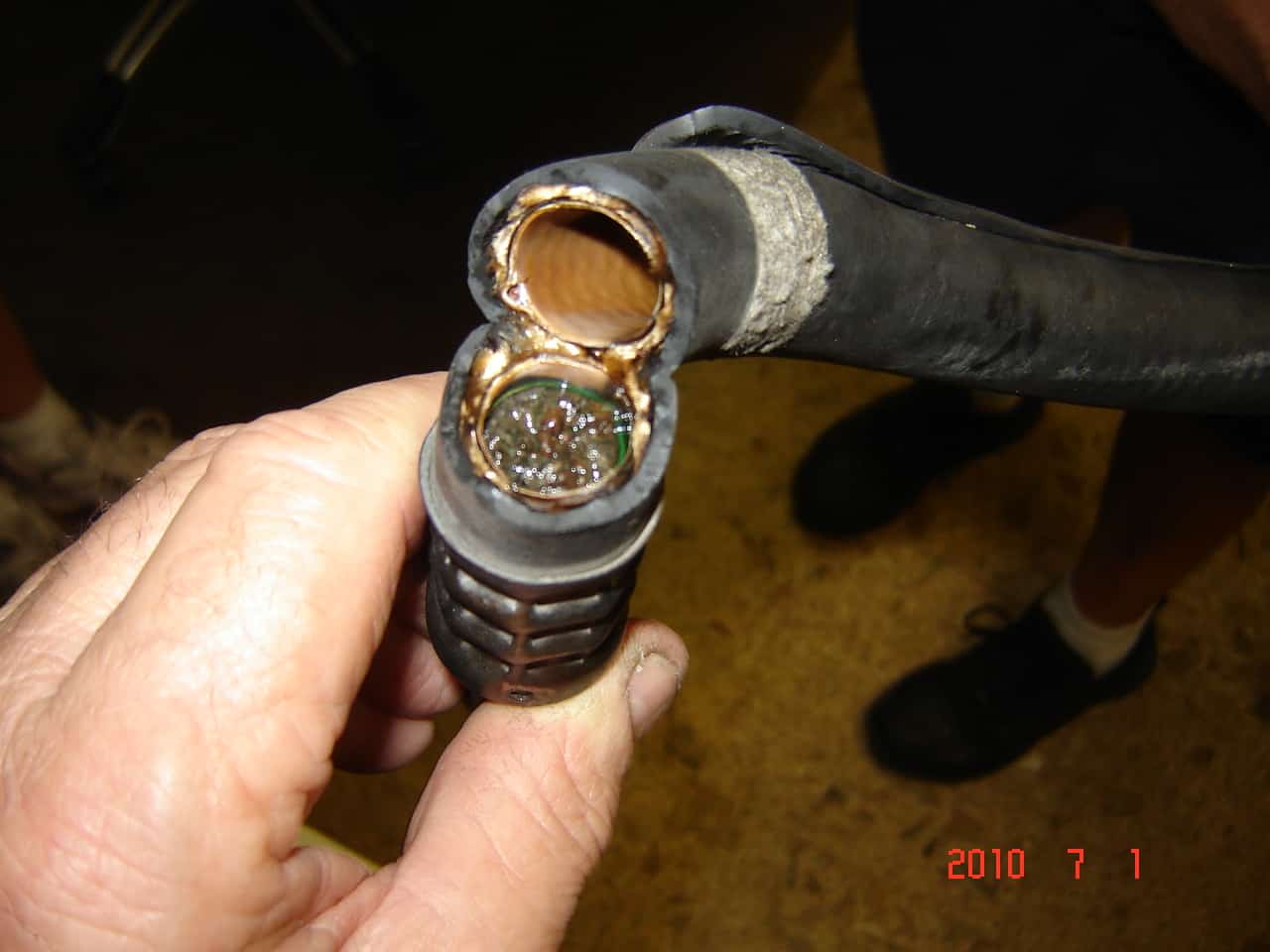Servicing heavy duty truck, off-road and specialty vehicle A/C
By Robert Brocx
The heavy duty truck, off-road work machine and specialty vehicle mobile air conditioning (HD MAC) industry has typically utilized air conditioning standards, procedures and technologies developed by the automotive industry and SAE Interior Climate Control Standards Committee (ICCSC). With the auto industry’s implementation of new mobile air conditioning standards for service equipment, technician training and refrigerants including R-1234yf and R-744, it has become apparent that the HD MAC technician has a need for supplementary recommended procedures and training to address the differences between the two.
What are the primary differences that should be addressed?
- Leak testing using vacuum and pressure decay: A fire truck A/C system can have an internal volume ten times greater than a car’s, yet the same service equipment and procedures are often used for both vehicles. The 1.5 cfm vacuum pump and preprogrammed vacuum and pressure decay rates on many new recovery, recycling and recharging units may not be appropriate for the HD market and should be addressed in a new procedure.
- Refrigerant charging: The automotive industry has been able to reduce refrigerant charge for many cars to little more than a pound leading to extreme charge sensitivity. To accommodate these requirements, charging stations are being designed with smaller tanks (typically 15 lbs.) to accurately measure refrigerant both charged and recovered. Many HD MAC A/C systems have charge amounts of 6-10 lbs. making a 15- lb tank impractical.
- Hoses/moisture ingression: Automotive A/C systems are compact and utilize hard lines with very little flexible hose. Moisture ingression is typically not an issue and desiccant is rarely, if ever, changed. HD MAC machines primarily use flexible hoses. Fire trucks and specialty equipment can have 120 feet of hose, making moisture ingression (and vacuum times) a significant concern even with Class I hose. A receiver drier with 12 in.3 of XH7 molecular sieve (common for HD applications) can adsorb 30g of water before becoming saturated. In a humid environment, the dryer may need to be replaced annually.
- Filters/cab pressurization and sealing: Off-highway work machines and specialty vehicles often have a fixed recirculated/fresh air mix, which is regulated by filter restriction and cab sealing. The ventilation system is a critical part of proper operator environment conditioning. It would be appropriate to include filter and cab sealing maintenance in HD MAC-recommended procedures and training.
- Field service: The off-highway and specialty vehicle HVAC technician often services equipment in the field without a recovery, recycling and recharge machine. Instead, the technician must use portable equipment yet still conform to EPA refrigerant recovery regulations. This is an area where a new document specifying appropriate equipment and service techniques may be most beneficial to the industry and HD MAC technician.
SAE Human Factors Technical Committee 6 (HFTC6) has agreed to work with MACS to develop a new standard to address HD MAC technician training and recommended procedures used to service and repair heavy duty truck, off-road work machine and specialty vehicle mobile air conditioning systems.
Robert L Brocx
HVAC Technical Steward, Red Dot Corporation
Chairman of the SAE Off-Highway Human Factors Technical Committee 6 (SAE HFTC6)
You can reach Robert at

